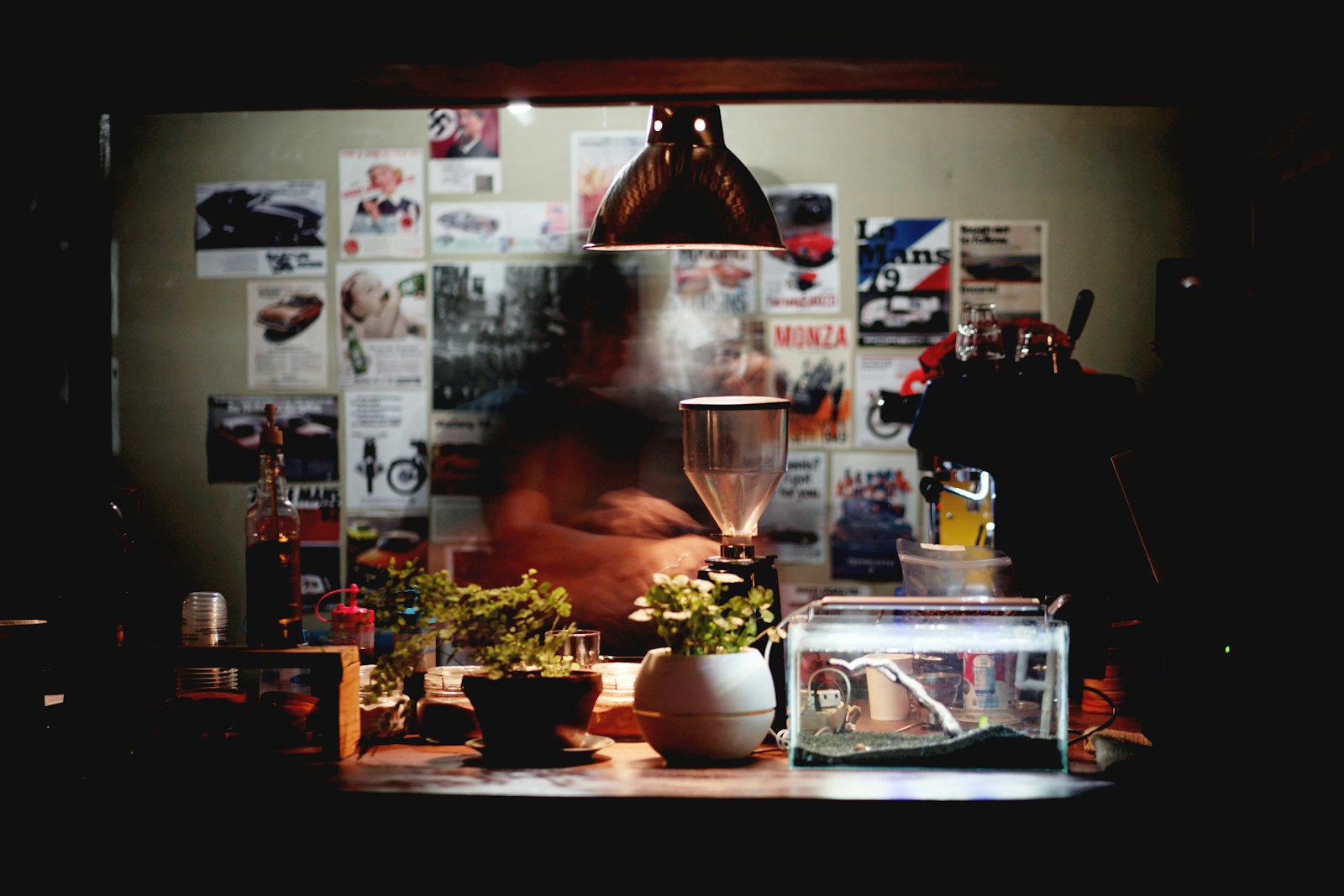When days feel crowded, the answer isn’t more willpower—it’s better systems. Simple, lightweight routines reduce decision fatigue, save minutes, and create a sense of calm. Here’s how to build ones that stick.
Make the routine solve a real friction
Routines work when they remove a specific annoyance: lost keys, chaotic mornings, or messy desks. Identify the friction, then design the smallest step that removes it—like a bowl by the door for keys or a 3‑minute desk reset before you leave.
Bundle tasks by context
Group actions you can do in the same place with the same tools. Put returns, post, and receipts in a single tote by the door. Create a “phone errands” list for quick calls while walking. Bundles shrink setup time and make progress feel automatic.
Use visual anchors
What you see shapes what you do. Keep your water bottle on the bench, running shoes next to the door, and a notepad beside the kettle. Visual anchors turn nagging intentions into easy defaults.
Set reset points, not perfect streaks
Life happens. Instead of chasing unbroken streaks, choose reset points: Monday mornings, after dinner, or the first 10 minutes of your workday. When a routine slips, restart at the next checkpoint—no guilt required.
Conclusion: calmer days by design
Small systems lower stress because they simplify choices. Build for your real life, keep steps tiny, and let the wins stack up.
Actionable tips
- Pick one friction and design a 60‑second fix.
- Create a “leaving the house” tray for essentials.
- Batch phone‑based tasks into a single list.
- Use a nightly 3‑minute room reset.
- Choose a weekly reset point and protect it.
Key takeaways
- Systems beat willpower for daily calm.
- Context bundling reduces setup time.
- Visual anchors make good choices obvious.
- Reset points keep routines resilient.
